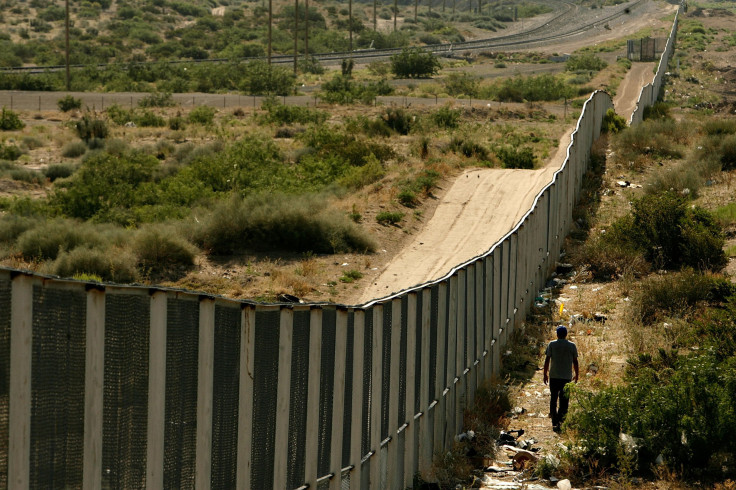Trump's Mexico Wall Latest Update: Construction, Surveying Alone Could Take Years Due To Geology, Scientists Say

Add science to the list of prospective obstacles President Donald Trump could face in his quest to build a border wall. Funding for the wall is the subject of much debate, and Trump has floated the idea of a tariff on imported Mexican goods to pay for it, but geology might prove to be the ultimate red light in the border wall’s construction. Surveying the 2,000-mile stretch of land between the United States and Mexico alone is likely to take years, scientists told Smithsonian magazine for a story published Tuesday.
“The length of this thing presents challenges that just aren’t typically undertaken in a construction project,” Gary Clendenin, senior hydrogeologist at ICF International, told the magazine.
Earlier this month, Secretary of Homeland Security John Kelly told Fox News he hoped the wall would be completed “within the next two years.” But that’s likely not even enough time to get the lay of the land. The border landscape ranges from desert to wetlands, mountains to rivers and grasslands to forests, each presenting a unique challenge to creating a seamless, long-standing, monumental construction.
“You’re going to encounter hundreds, if not thousands, of different types of soils along [such a lengthy] linear pathway,” Clendenin said. One scientist noted to Smithsonian that a merely three-mile long pipeline she was working on was already in its fifth year of surveying in order to determine how best to construct it.
Trump, however, has planned for only six months of surveying before beginning construction, ordering “a comprehensive study of security of the southern border completed within 180 days” of the executive order he signed Jan. 25 green-lighting the wall.
“Quite frankly, that would take years to do,” Clendenin told Smithsonian.
Trump was likely not to be deterred by the seemingly endless difficulties the administration is likely to bump up against before and during construction. The president has said he envisions the wall as “impenetrable, physical, tall, powerful, beautiful.”
Estimates for the proposed wall began around $10 billion, according to figures provided by the National Precast Concrete Association, with other estimates reaching as high as $40 billion.

© Copyright IBTimes 2025. All rights reserved.






















